Author: WildLifeFAQ (Mark Jess)
-
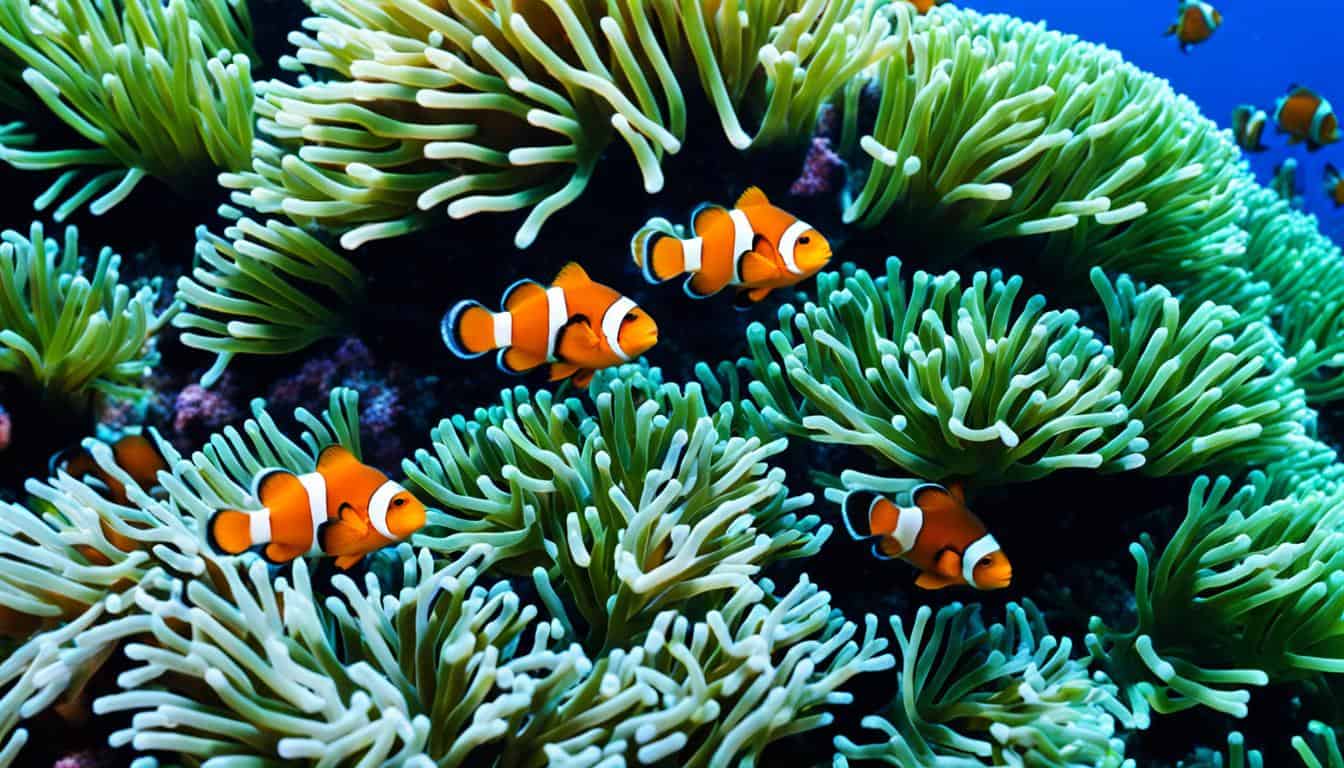
Why are clownfish orange and white?
Clownfish, like Amphiprion ocellaris and Amphiprion percula, have bright orange and white colors. This makes you wonder, why are they orange and white? These colors are key for their survival and communication. They help the clownfish blend in with their sea anemone homes and warn off predators. By learning about their colors, we can see
-
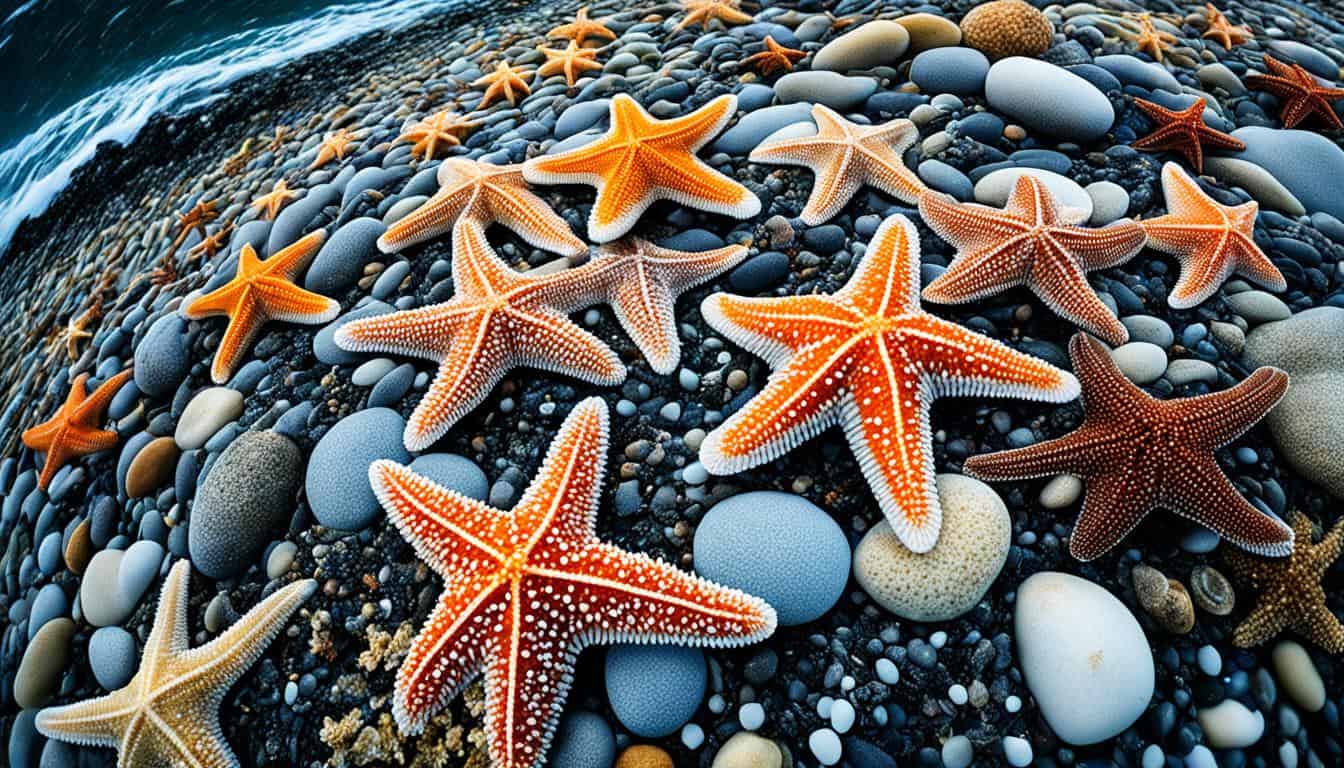
Where do starfish live?
Starfish, also known as sea stars, are fascinating creatures living in various ocean environments. They belong to the phylum Echinodermata, which also includes sea urchins and sand dollars. With almost 2,000 species, starfish come in many shapes and colors. Knowing where they live helps us understand their behavior and their importance in the ocean. This
-
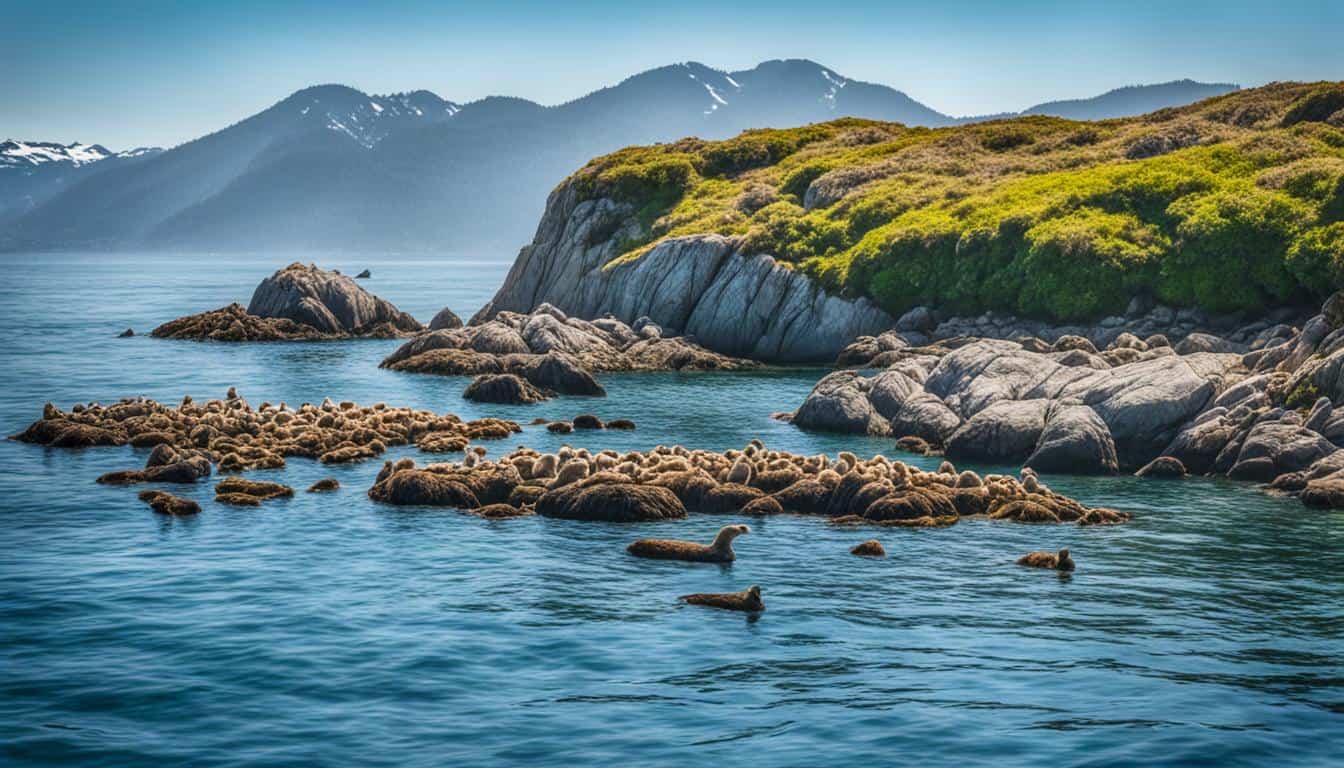
Where do sea otters live?
Sea otters live mainly in the North Pacific Ocean’s coastal waters. They call places like California, Oregon, Washington, Alaska, Canada, Russia, and Japan home. These creatures have thick fur that keeps them warm in cold waters. They don’t need blubber for insulation. Knowing where sea otters live shows how important their environment is to them.
-
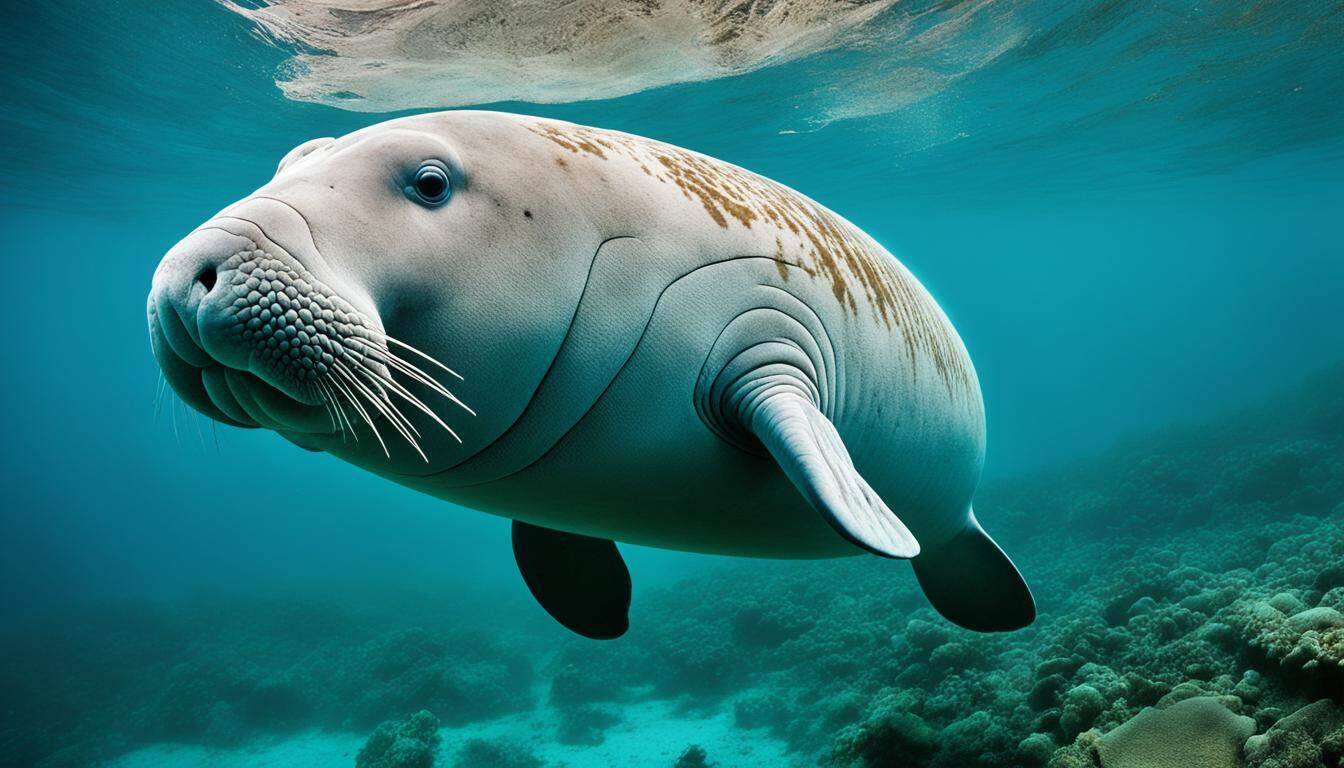
Are dugongs endangered?
Dugongs, also known as sea cows, are in trouble as their numbers go down. They play a big role in the ocean and are important to coastal communities. Since 1982, they’ve been listed as vulnerable on the IUCN Red List. This means their chance of disappearing is getting worse. Human actions are hurting their chances
-

Where do stingrays live?
Learning about where stingrays live helps us understand these amazing creatures better. They live in warm, temperate, and tropical waters. These flat fish love shallow, coastal areas with sandy bottoms. This is where they blend in perfectly. This section will look into the places stingrays call home. We’ll see why they choose these spots. Understanding
-
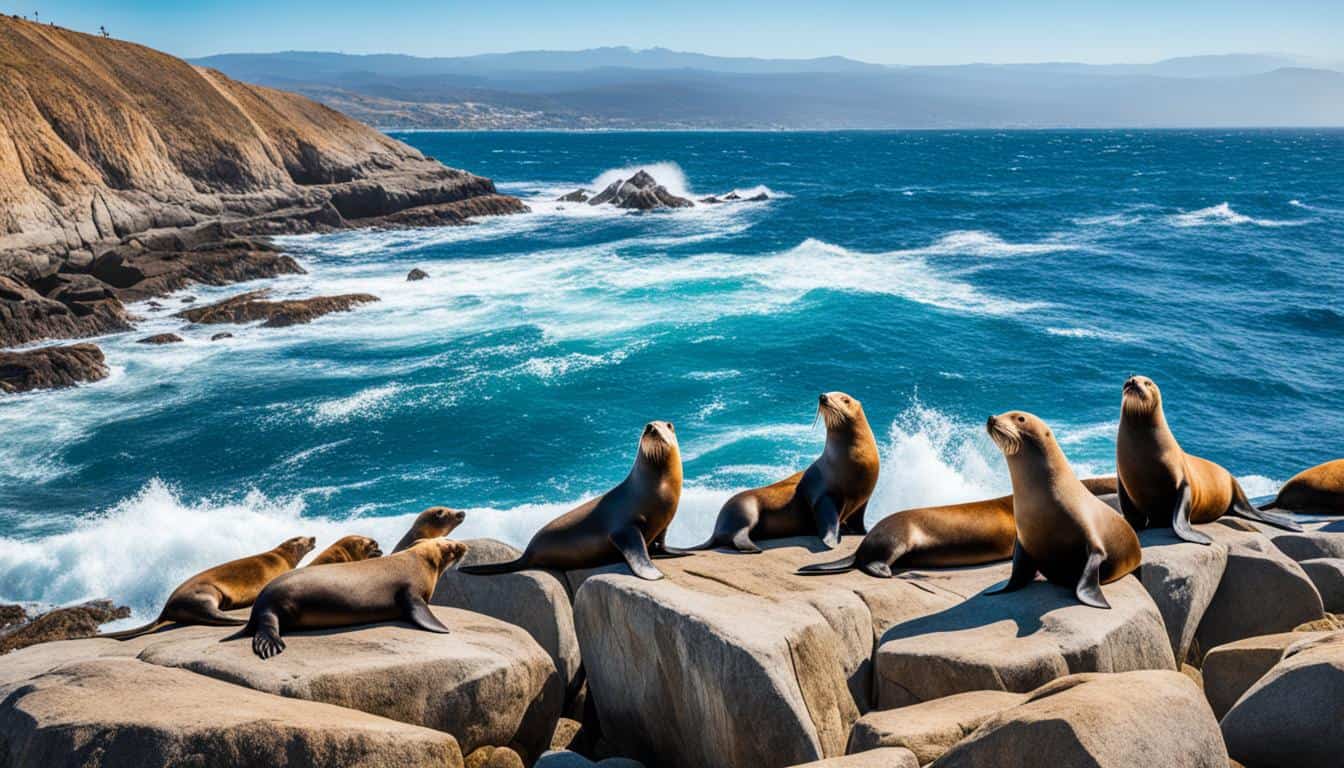
Where do sea lions live?
Sea lions are amazing marine mammals in the family Otariidae. They are different from seals because they can stand and walk on their long flippers. You might ask, where do sea lions live? They live mainly in coastal areas, resting on rocky shores and sandy beaches. These remarkable animals live in various places, often hunting
